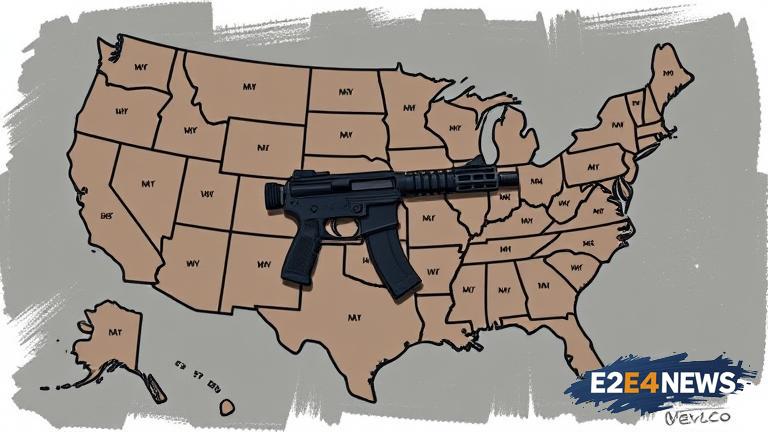The United States has witnessed a notable decline in crime rates over the past few years, with a significant reduction in violent crimes such as homicides and aggravated assaults. This trend is particularly interesting given the concurrent rise in gun ownership across the country. According to recent data, the number of guns in circulation has increased substantially, yet crime rates have continued to fall. This phenomenon has sparked a heated debate among policymakers, law enforcement officials, and gun rights advocates. Many have argued that the increase in gun ownership is a key factor contributing to the decline in crime rates, as more law-abiding citizens are able to defend themselves and their communities. Others, however, contend that the relationship between gun ownership and crime rates is more complex and influenced by a variety of factors, including socioeconomic conditions, policing strategies, and cultural attitudes towards violence. Despite these differing perspectives, the data suggests that the US is experiencing a period of unprecedented safety, with crime rates at historic lows. The decline in crime rates has been observed across various categories, including violent crime, property crime, and overall crime rates. Furthermore, the data indicates that the states with the highest rates of gun ownership have also seen some of the most significant declines in crime rates. For instance, states such as Texas, Arizona, and Florida, which have relatively high rates of gun ownership, have also experienced substantial reductions in crime rates. In contrast, states with stricter gun control laws, such as California and New York, have seen more modest declines in crime rates. The implications of this trend are significant, as they challenge the conventional narrative that more guns lead to more crime. Instead, the data suggests that the relationship between gun ownership and crime rates is more nuanced and influenced by a variety of factors. As policymakers and law enforcement officials continue to grapple with the complexities of crime and gun ownership, it is essential to consider the empirical evidence and to develop strategies that prioritize public safety and respect the rights of law-abiding citizens. The ongoing debate surrounding gun ownership and crime rates is likely to remain a contentious issue, with proponents of gun rights arguing that the data supports their position and opponents arguing that the relationship between guns and crime is more complex. Ultimately, the key to reducing crime rates and promoting public safety lies in a comprehensive approach that addresses the root causes of crime, including poverty, lack of education, and social inequality. By adopting a multifaceted strategy that incorporates evidence-based policies, community engagement, and respect for individual rights, the US can continue to reduce crime rates and create safer, more prosperous communities for all citizens.
